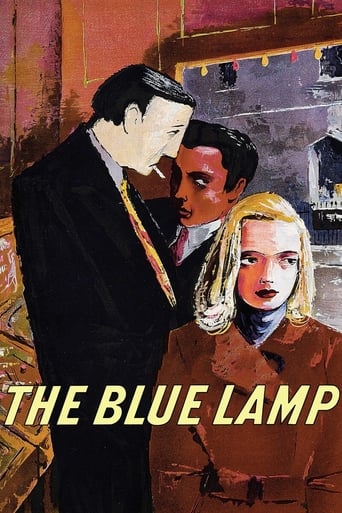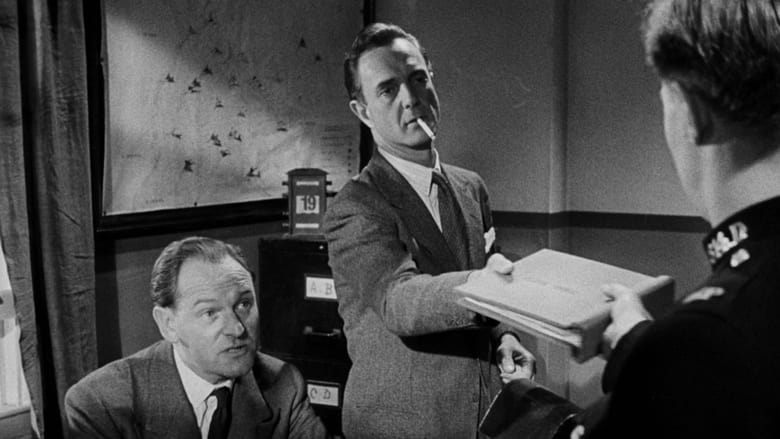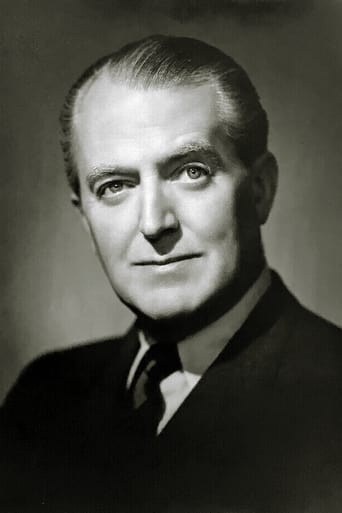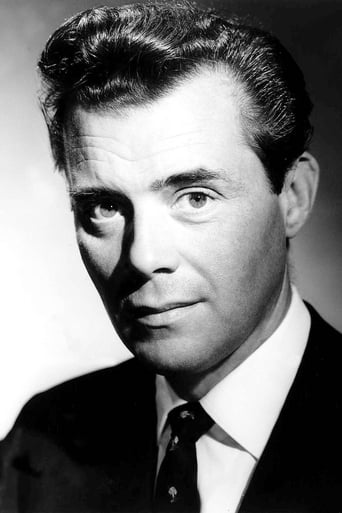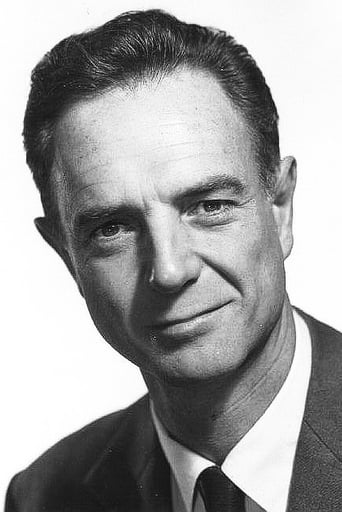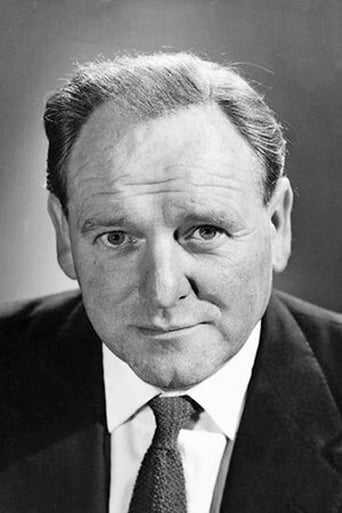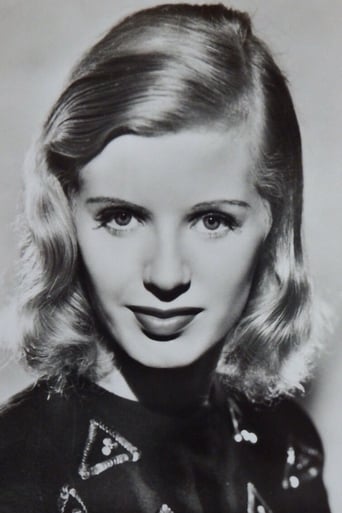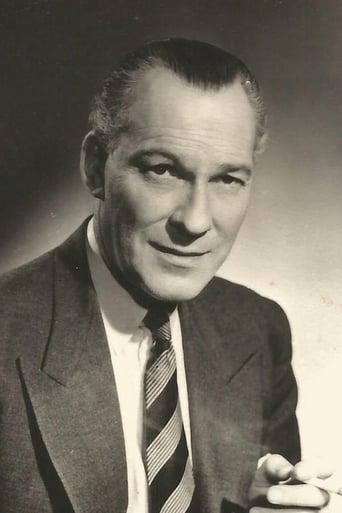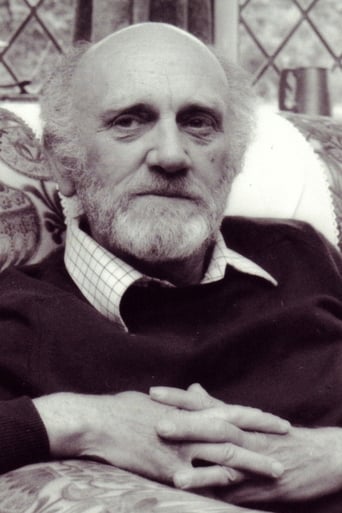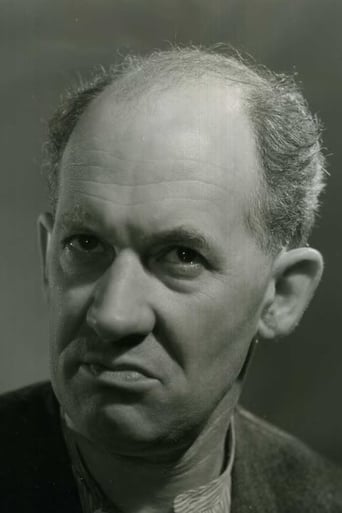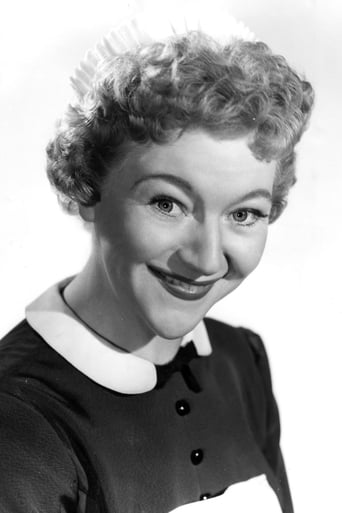P.C. George Dixon is a long-serving traditional copper who is due to retire shortly. He takes a new recruit under his aegis and introduces him to the easy-going night beat. Dixon is a classic ordinary hero but also anachronistic, unprepared and unable to answer the violence of the 1950s.


Similar titles

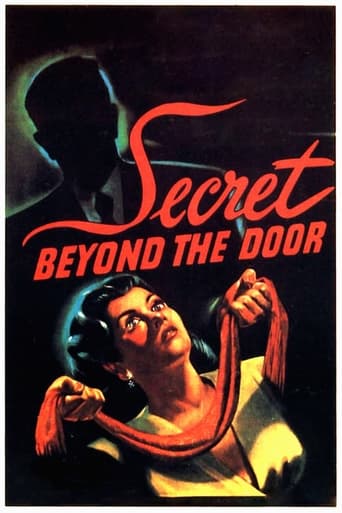
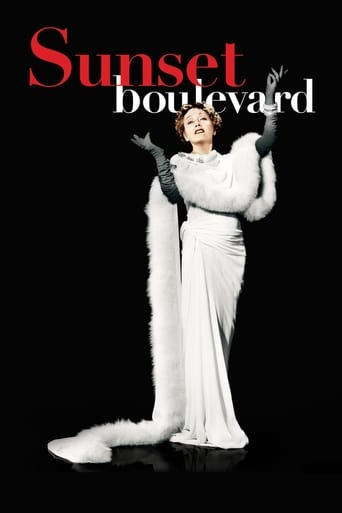

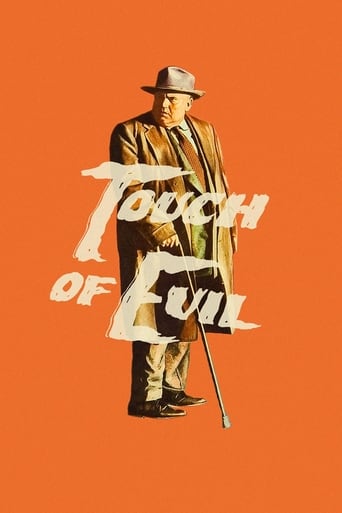
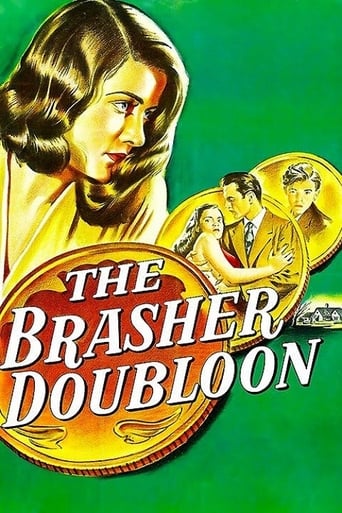
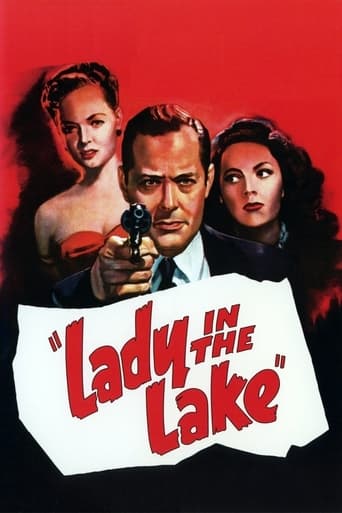
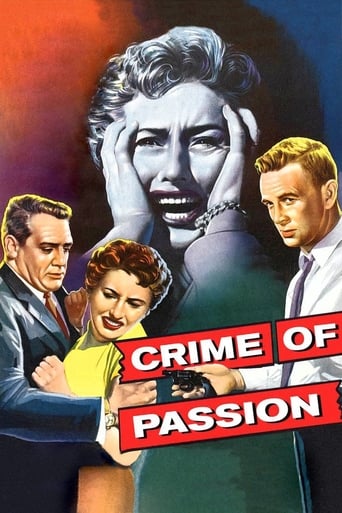
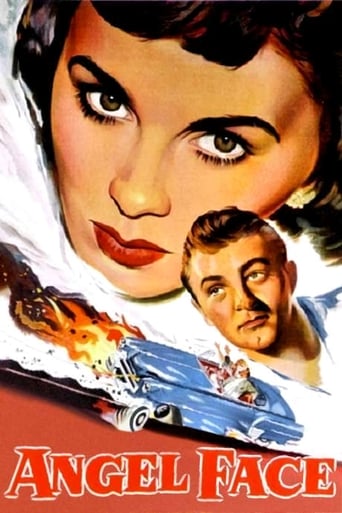
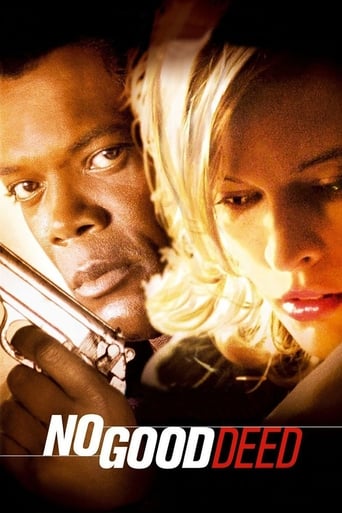
Reviews
Classic film, mystery thrillers/crime dramas, the cast in general and seeing Dirk Bogarde pre-stardom was a recipe for greatness. 'The Blue Lamp' is more than great, more like an excellent film.It is easy to see why 'The Blue Lamp' was considered a classic of the post-war Era, of British cinema and film in general at the time and by those who remember it fondly now. Just as much it was easy to see why it was the most popular British film of its year. Sadly, it is a film that is deserving of more credit nowadays. Despite being as great as it is, 'The Blue Lamp' isn't perfect (but comes close). It is undermined only by two performances that don't make the grade and stick out like a sore thumb compared to the sterling work from the rest of the cast.One is Jimmy Hanley, who is rather lightweight in his role which is a somewhat dull one to begin with. The other, and more problematic, is Peggy Evans, who is far too histrionic in hers and it becomes irritating, some of it is amateur hour too.However, nothing can be faulted with everything else. It looks great still, the use of locations are gritty and have a real sense of dread while also being beautifully designed. The lighting is suitably ominous and the cinematography is stylish and every bit as rich in atmosphere. The film is hauntingly scored too and Basil Deardon's direction is taut from the start and never lets go, letting the tension really speak and keeping things at a cracking pace.'The Blue Lamp' has a tightly structured and thoughtful script, and is interesting for its realistic portrayal of the austere times that pushed people into crime. As well as portraying the police in a way that is of the time but never over-glamourized, trivialised or made to look like fools. The story is always compelling with a clever, if not the most surprising, mystery that delivers on the suspense and tension. The confrontation between Dixon and Riley being unforgettable in its shock value, one of British film history's most shocking.Evans and Hanley aside, the rest of the cast do sterling work. As good as Jack Warner and Bernard Lee are the film is stolen by an outstanding Dirk Bogarde, it's hard to believe that Riley was a pre-stardom role that put him on the map and to this day it's one of his best, he's never been more chilling than here.Overall, a post-war British classic, notable for its atmosphere, realism and Bogarde's performance. 9/10 Bethany Cox
There are plenty of good reasons to watch THE BLUE LAMP, but let's face it. Nobody does crime stories of this type better than the film noirs Hollywood was churning out during the '40s, such as THE NAKED CITY. Furthermore, DIRK BOGARDE's brash and cocky punk seems like an effort to make him look like a James Cagney thug with a British accent. It's almost disconcerting to watch him in this sort of tough guy role.He does have that menacing presence and overall it's a good, crisp performance as the hood who, during a hasty and ill prepared robbery, shoots a copper and spends the rest of the film running away from the law. The sequence that has him turning up at the police station is rather puzzling in way of motivation when he becomes an immediate suspect.Excellent support from BERNARD LEE, JACK WARNER and PEGGY EVANS helps a good deal, except that Evans' hysterics seem a bit over-the-top at times. Bogarde's restraint plays against her hysterics in an effective way.Worth seeing, but not the sort of film that one would think deserves a Best Film award from BAFTA. Times have certainly changed and altered perception of crime films such as this one.
"The Blue Lamp" is a Cockney Epic.Like"Dance Hall"and"It always rains on Sundays"films that drew on London working-class life for their inspiration and the working-class for their audience. Although Ealing is best remembered for its comedies it was perfectly capable of making "issue" pictures,and in "The Blue Lamp" the issue was the increase of violent crime since the second world war which had ended five years previously. It is probable that the catalyst was the De Antiquis murder in 1948 when a gang robbing a Soho jeweller shot a motor-cyclist who tried to intervene. (In the opening sequence a shot of a newspaper reporting this killing is prominent). Firearms brought home as souvenirs by returning servicemen found their way into the hands of petty criminals many of whom had been taught to kill by the government and could not see any difference between killing the enemy and killing a bank clerk. Despite a vigorously pursued policy of corporal and capital punishment,crime rose to what was then an all-time high. It is against this background that "The Blue Lamp" must be considered.It was one of the last films to show "posh"policemen. The characters played by Anthony Steele and William Mervyn are clearly upper middle class,Mervyn's Chief Inspector probably a relic from the discredited Trenchard Scheme whereby the Metropolitan Police recruited it's own officer class in short-sighted (and short-lived)admiration for the military. George Dixon has been at Paddington for 25 years and is on the brink of retirement.His local knowledge is unrivalled,his position in society and his right to exercise power unquestioned.This type of officer and his brand of policing has been consigned to history. Rather like a Western set at the dawn of the 20th century,"The Blue Lamp"in hindsight appears as a picture of a way of life about to be overtaken by progress.It is a world of bombsites,spivs,milk bars and barrow boys.A trolleybus trundles along streets sparse with traffic. Tessie O'Shea is entertaining a music hall audience many of whom could probably remember Marie Lloyd appearing in the same theatre.The new age is represented by ruthless thug Mr Dirk Bogarde.Cunning and cruel,he is nobody's mug.In a scene that still has the power to disturb he shoots Pc Dixon in cold blood at the scene of a robbery.When he suspects his girl friend is about to turn him in he strangles her. The rest of the film is concerned with the police hunt for the killer who will surely hang for his crimes.It is hopelessly old-fashioned in it's unquestioning support for the police.Nobody is counselled,no community representatives are consulted by senior officers leading the hunt and Mr Bogarde's human rights are clearly abused when 2 or 3 rather angry policemen cart him off at the end. Nonetheless "The Blue Lamp" is essential viewing for anybody interested in the development of what might be called English film noir. Many of the exteriors seem to presage the cinema verite movement and it was very influential in the development of the TV cop show from "Dixon of Dock Green" through to "Z Cars" and ultimately "The Bill" although I doubt that George Dixon would recognise the latter as being about the same job unless he had been smoking something very naughty in that pipe of his. Mr Jack Warner plays George Dixon as the archetypal London bobby,a figure who may have never actually existed but who we have felt compelled to invent to invoke a more innocent age when a clip round the ear was rather more effective than an ASBO. Policemen have never been angels,but at least in 1950 they were portrayed as decent ordinary men not violent psychopaths.In those days the villains were the bad guys.Moral equivalence,the "No Blame "culture and all the "isms" that are stunting our society were not even a gleam in a Social Worker's eye.
THE BLUE LAMP is a very famous and popular British film , so popular that it paved the way for an equally famous TV show called DIXON OF DOCK GREEN but it's also a film that hasn't stood the test of time , in fact it's so dated it was satarized in an excellent post modernist teleplay called THE BLACK AND BLUE LAMP in 1988 and after recently seeing this movie I realise that it's a very easy target First of all is the portrayal of the police . Policemen in the 1950s spent their time taking home lost children , looking for dogs that had run away from their owners and practicing their baritone in the station choir ! Good job the crime rate was so low back then because - just like today - they'd never be able to catch criminals . At least watching THE BLUE LAMP you realise why the cops would never be able to catch crims because they seem to smoke over 100 cigarettes a day , no seriously they do and it's pointed out that PC Mitchell doesn't smoke and that's probably why he's able to sprint after Riley at the end with all the other cops at the station destined to die from lung cancer due to the amount of ciggies they smoke . If you've just given up the weed it's a bad idea to watch this movie As in so many other movies from this period the " adolescent " characters are played by actors far too old for the roles . Diana Lewis is quoted as being 17 years old on screen but Peggy Evans who plays her is in fact 25 years old and she looks it , and while the ages of Riley and Spud are never mentioned it's inferred they're not older than 21 , but Patric Doonan and Dirk Bogarde are both in their late 20's while the " twenty five year old Pc Mitchell " is played by Jimmy Hanley who was in his early 30s . It's strange but people in those days all look considerably older than the real ages To give the film its due the climax where Riley finds himself at the stadium being hunted is rather exciting , and " exciting " is not something British films of that era were renowned for . Some people may criticise the idea of dodgy characters going out of their way to help the police but this is logical since the police may return the favour at a later date in not asking too many questions about things falling off the back of lorries . All in all THE BLUE LAMP is a strange film when watched today . It's certainly not a film for cynics and comes across as being very mawkish and sentimental with almost a fairy tale like air . But it should be remembered that in those days a person being murdered during a crime would make national news headlines while a policeman killed in the line of duty would lead to several days national mourning , and of course in those days the police were - If not popular - certainly far more respected than policeman today could ever hope to be so you have to view this film in the context of when it was made . Ironically enough it's also the first movie to use the word " bastard "
